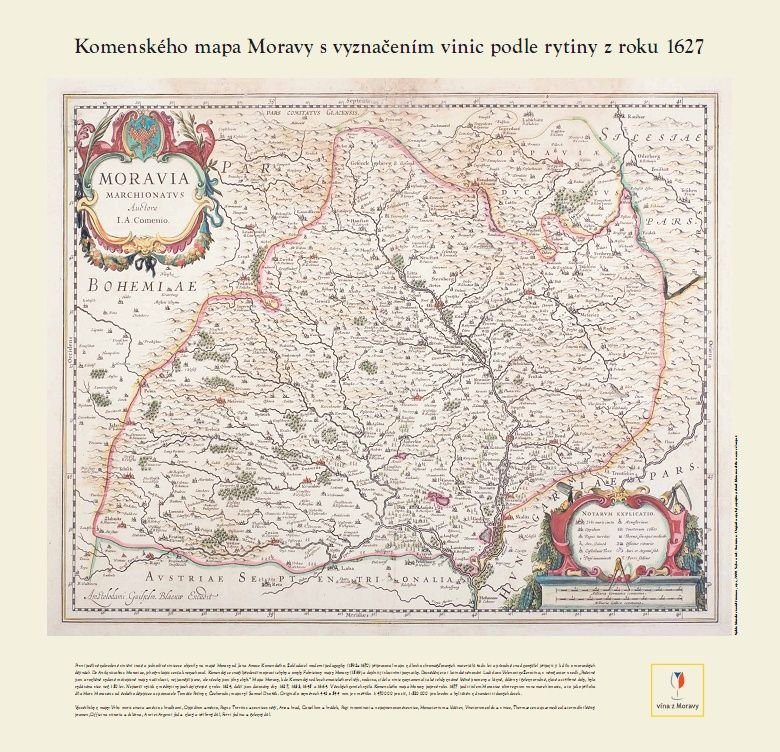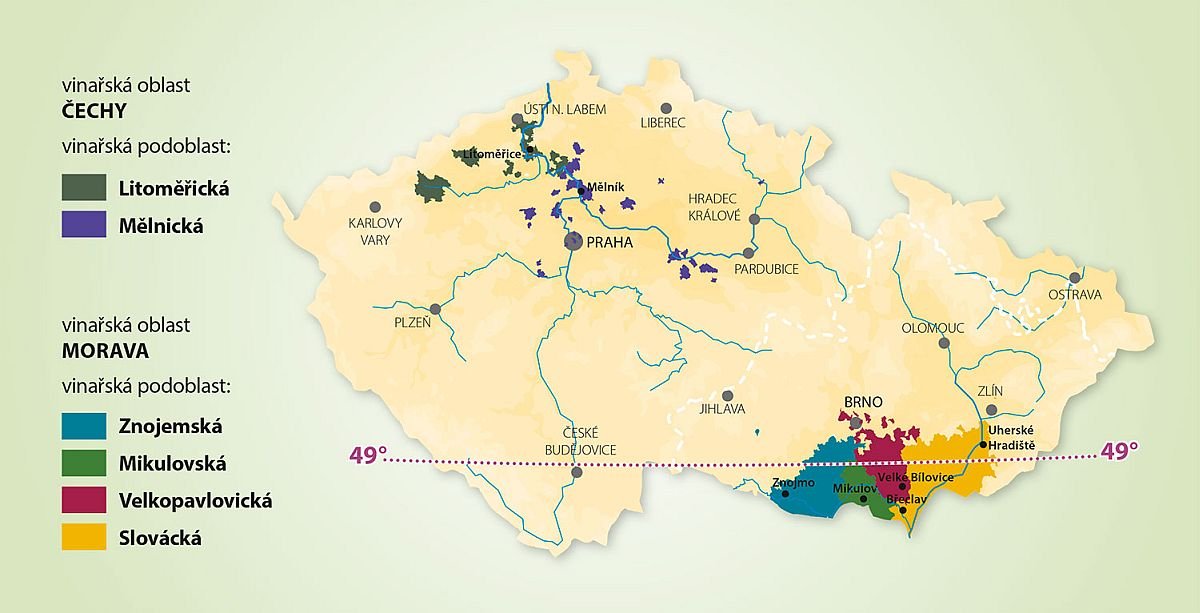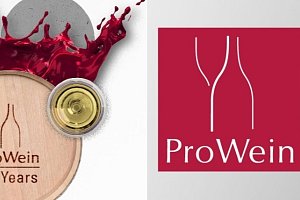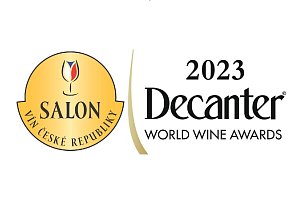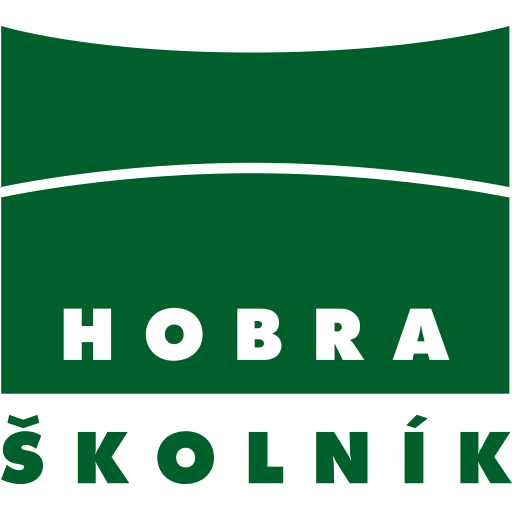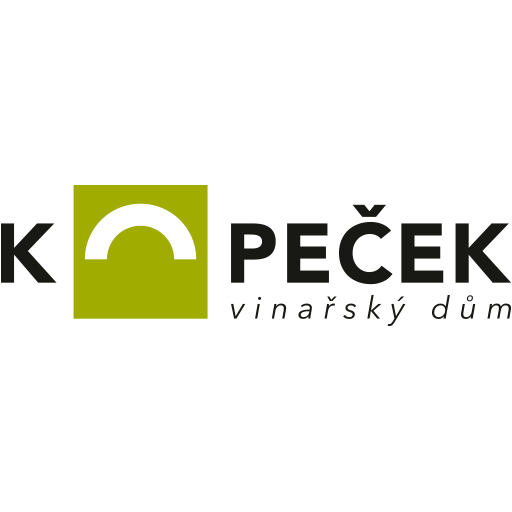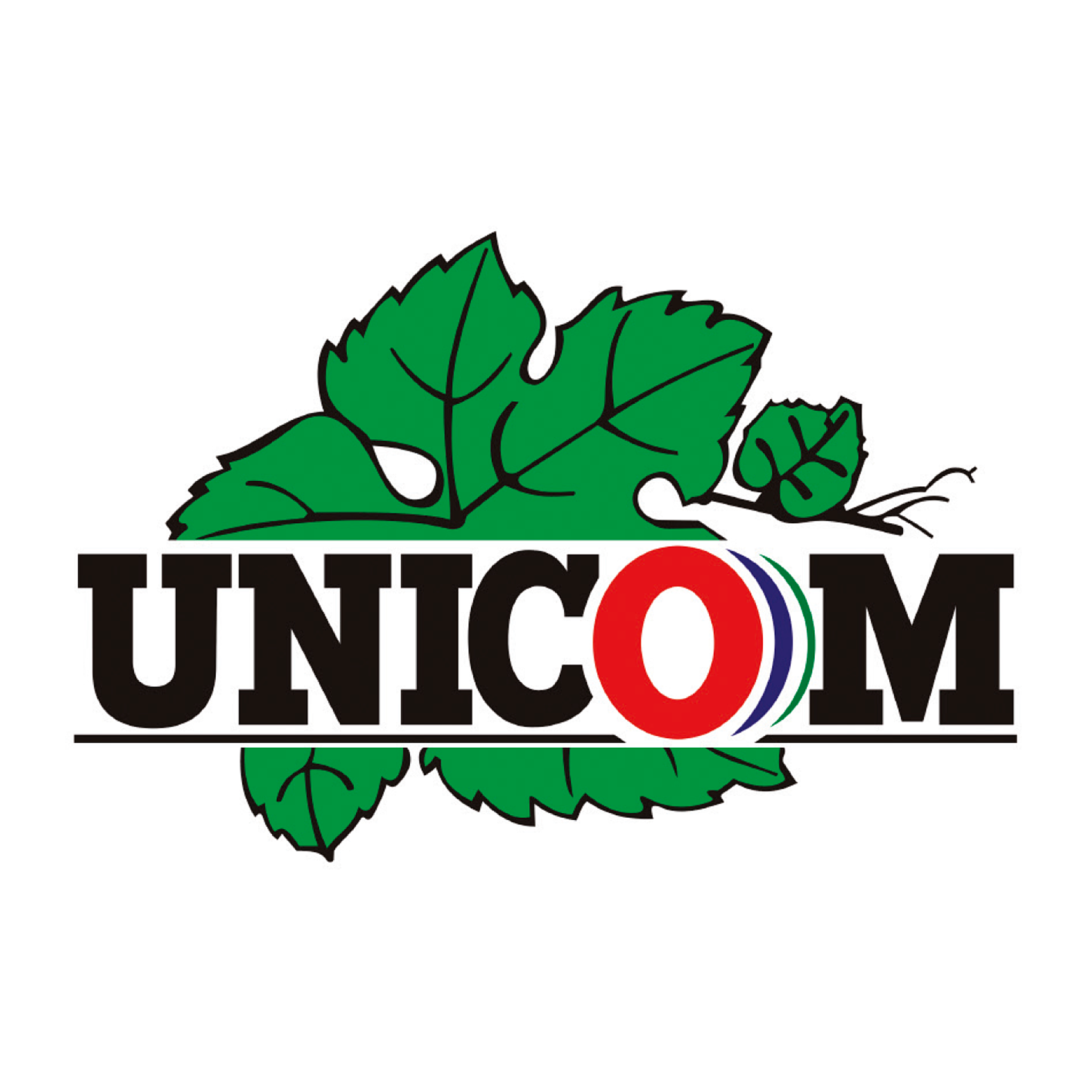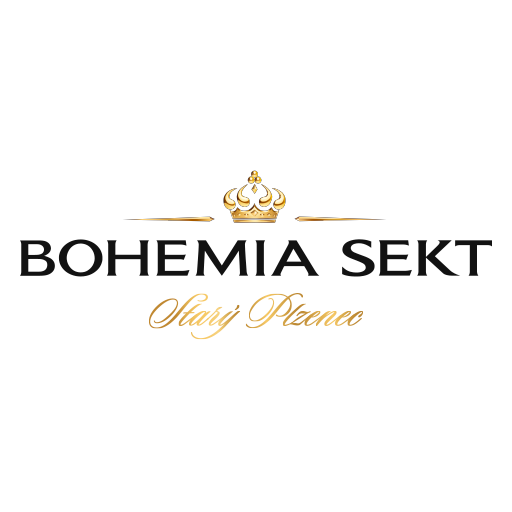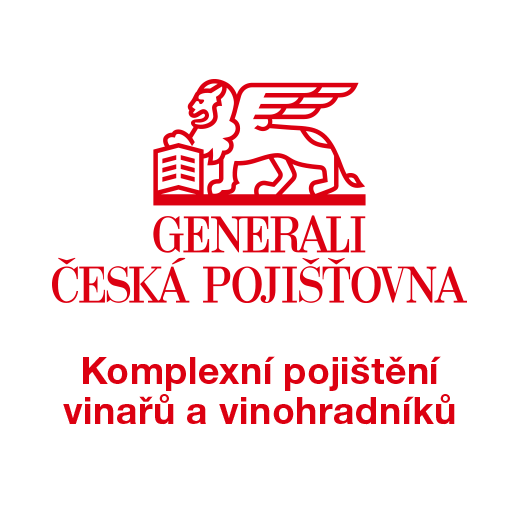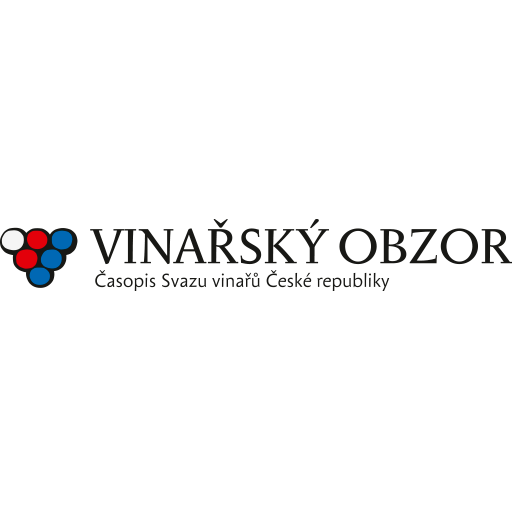History & present
Romans or Celts?
The Celts were possibly the first people to cultivate the grape vine in our area. Wine in the territory of Moravia is tied to the Romans, specifically to the 10th Roman Legion of the Emperor Marcus Aurelius, which had a base near to the village of Mušov in southern Moravia during the second half of the 2nd century AD.
The Great Moravian Empire
Vine cultivation and wine making were extended from the time of the Slavic settlements during the Great Moravian Empire in the 9th and 10th centuries AD, whence the vine also reached the Czech lands. At the time wine mainly served for liturgical purposes and is related to the spread of Christianity.
The Golden Age
The first written records on wine to be preserved are the monastic chronicles and documents from the Czech monarchs. The golden age of viticulture in both Moravia and Bohemia is often referred to as the time lasting from the 14th to the 16th centuries, when a number of towns and monasteries were surrounded by vineyards. Great credit for this develepment in viti- and viniculture must certainly go to the King of Bohemia and Holy Roman Emperor Charles IV.
Our wines already had a good name in the Middle Ages, they were supplied to the houses of both nobles and burghers, there was interest in them in Poland and in Silesia, as well as at the imperial court in Vienna.
Decline of vineyards and their restoration
Similarly to elsewhere in Europe great damage was caused to the vineyards by the phylloxera beetle (Viteus vitifolii) at the turn of the 19th and 20th centuries. At the beginning of the 20th century the area under vine in Moravia had fallen as low as 3,800 hectares.
At the end of the 19th century specialised wine schools were founded, e.g. in Valtice (at the time known as Feldsberg) in 1873, in Mělník in 1882 and in Bzenec in 1885. In 1907 the specialised vintners‘ magazine ”Vinařský obzor“ (Vintner’s Horizon) was first published.
In the first half of the 20th century viti- and viticulture in this country began to expand once again and vineyards were renewed. In the second half of the 20th century, during the time of Socialism, the vineyard area rose to 14,000 hectares, yields were increased and mechanisation was introduced to the vineyards. New grape varieties were also developed, for instance Pálava, Aurelius, Moravian Muscat and André. However, at this time the wine production was concentrated primarily on quantity.
The Wine Act and The European Union
Further development in viti- and viniculture came at the end of the 20th century. Restitution of vineyards and privatisation led to a renewal of family wineries as well as the emergence of new enterprises. Great changes came about with the Wine Act of 1995 and its later harmonisation with the legislation of the European Union with our accession the the EU in 2004. Contemporary viti- and viniculture makes use of modern environment-friendly technology and is oriented towards the production of wines that can be rated amongst the best in the world, which is evidenced by the number of prizes awarded to them in the most prestigious wine competitions worldwide. The expansion of wine tourism goes hand in hand with the development of the wine trade.
The creation of new grape varieties continues too, aimed mainly at those resistant to fungal diseases and at those suited to the production of organic – BIO – wines (the so-called PIWI varieties), e.g. Malverina, Savilon, Laurot and others.
Today Moravian and Bohemian wines are renowned as being among the best in Europe as well as in the world. Moravian and Bohemian wines are characterised by their interesting spectrum of aromas, rich extractive substances and the well-balanced combination of a full-bodied palate with crisp and refreshing acidity in the white wines. Red wines too have begun to emerge in recent times which, thanks to modern technological processing, are full and distinctive, while at the same time being soft and velvety, marked by a pleasing fruity aromas.
Rosé wines are gradually becoming the future trend – beautiful not only because of their colour, but also due to their exceptional youthful character.
At the present time the Czech Republic has 17,926 hectares under vine; with a production potential of 18,655 hectares of vineyards (as at 31.12.2018).
The Czech Republic is devided into two wine regions – Moravia and Bohemia and within these we find 6 sub-regions: Znojmo, Velké Pavlovice, Mikulov and Slovácko in Moravia and in Bohemia Mělník and Litoměřice. 96% of all vineyards are to be found in Moravia. Their climatic conditions are similar to those regions such as Alsace (France), Weinviertel (Austria) or in the best vineyard areas of Germany.
Typical of the Czech Republic is the wide range of varieties that are cultivated. The largest areas under vine contain Grüner Veltliner, Müller Thurgau, Riesling, Welschriesling, Blaufränkisch and Saint Laurent – each variety having more than 1,000 hectares, which together account for almost half of our total vineyard area.
The vine is one of the few plants that can comprehensively and sensitively express the trace of the landscape and place in its final form - wine.
► Related topics: Wine regions in the Czech Republic | Vine varieties
